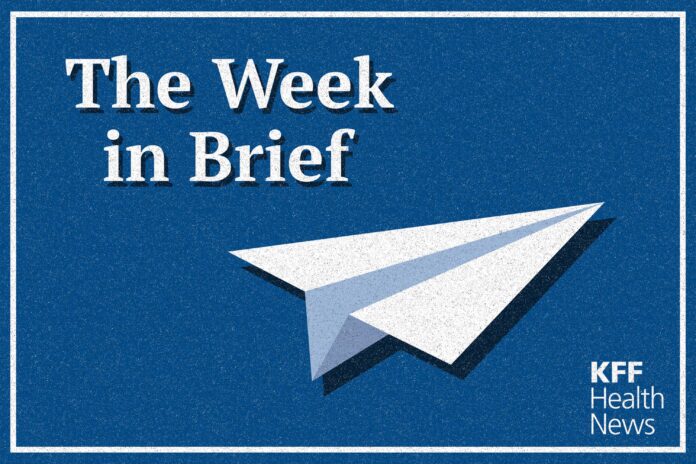Flinders Health and Medical Research Institute researchers, along with colleagues in the UK and U.S., have linked brighter night-time light exposure to elevated risks of five major cardiovascular diseases.
Circadian rhythms govern fluctuations in blood pressure, heart rate, platelet activation, hormone secretion, and glucose metabolism. Long-term disruption of those rhythms in animal and human studies have produced myocardial fibrosis, hypertension, inflammation, and impaired autonomic balance. Previous research efforts relied largely on satellite-derived estimates or small cohorts using bedroom or wrist light sensors, leaving personal exposure patterns uncharted at population scale.
In the study, “Personal night light exposure predicts incidence of cardiovascular diseases in >88,000 individuals,” posted on medRxiv, researchers conducted a prospective cohort analysis to assess whether day and night light exposure predicts incidence of cardiovascular diseases and whether relationships vary with genetic susceptibility, sex, and age.
Data came from 88,905 UK Biobank participants, average age 62.4 ± 7.8 years and 56.9% female, who wore wrist-based light sensors for one week between 2013 and 2016 across England, Scotland, and Wales.
Hazard modeling linked night and day light exposure percentiles with new diagnoses of coronary artery disease, myocardial infarction, heart failure, atrial fibrillation, and stroke recorded in National Health Service files through November 2022. Models adjusted for age, sex, ethnicity, photoperiod, socioeconomic variables, lifestyle factors, sleep metrics, clinical risk factors, and polygenic scores.
Brighter nights showed dose-response associations with higher risk across all five outcomes. Participants classified in the 90–100th percentile of night-time light exposure experienced 23–32% higher hazard for coronary artery disease, 42–47% for myocardial infarction, 45–56% for heart failure, 28–32% for atrial fibrillation, and 28–30% for stroke compared with those in the 0-50th percentile.
Relationships persisted after controlling for physical activity, smoking, alcohol, diet, sleep duration, socioeconomic status, and genetic risk. Women displayed stronger associations for heart failure and coronary artery disease whereas younger participants showed stronger associations for heart failure and atrial fibrillation.
Authors propose circadian misalignment induced by unnatural light may trigger metabolic and vascular perturbations that elevate cardiovascular risk. Impaired glucose tolerance and heightened diabetes susceptibility may foster endothelial dysfunction and atherosclerosis.
Light-driven hypercoagulability could increase thromboembolic events, while sustained elevation of 24-hour blood pressure may damage vascular endothelium and provoke myocardial hypertrophy. Conflicting timing signals to sinoatrial and atrioventricular nodes may amplify arrhythmic vulnerability.
Avoiding bright light during habitual sleep times may serve as a practical addition to established cardiovascular prevention strategies, according to the authors, who call for circadian-informed lighting guidance in homes, hospitals, and urban planning.
Written for you by our author Justin Jackson,
edited by Andrew Zinin—this article is the result of careful human work. We rely on readers like you to keep independent science journalism alive.
If this reporting matters to you,
please consider a donation (especially monthly).
You’ll get an ad-free account as a thank-you.
More information:
Daniel P Windred et al, Personal night light exposure predicts incidence of cardiovascular diseases in >88,000 individuals, medRxiv (2025). DOI: 10.1101/2025.06.20.25329961
© 2025 Science X Network
Citation:
Circadian disruption by night light linked to multiple cardiovascular outcomes (2025, July 6)
retrieved 6 July 2025
from https://medicalxpress.com/news/2025-07-circadian-disruption-night-linked-multiple.html
This document is subject to copyright. Apart from any fair dealing for the purpose of private study or research, no
part may be reproduced without the written permission. The content is provided for information purposes only.



